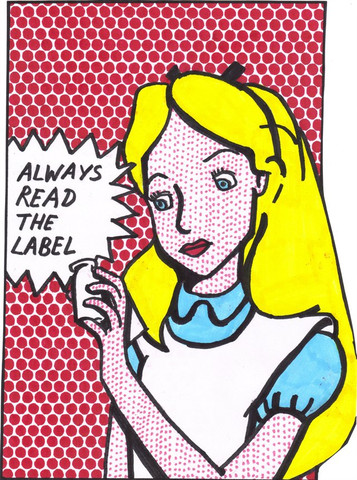I think it’s important we talk about a few dirty words. OK, they’re not dirty. But they’re dubious at best.
Hypoallergenic
We get asked all the time if the products sold on Soko Glam are hypoallergenic.
Let the word sink in a minute: “Hypo,” meaning “under” from the Greek. “Allergen” (you and I both know what that means, that nasty reaction our immune system kicks up when we come into contact with something our body can’t handle too well). “-Ic.” Ick, indeed.
“Hypoallergenic” is just a way to say that this product is less likely to cause allergic reactions — but there are no ingredient regulations, guidelines or rules that determine whether or not a product is really hypoallergenic.
So sensitive skin types, beware! A lot of companies like to slap on any old buzz word that will help them sell, and “hypoallergenic” is often one of them.
Dermatologist-recommended
Literally one dermatologist can say that a product was approved or tested by them and they can say that it is “dermatologist recommended.” And that one dermatologist could have been given a pretty fat check to say that they approve of it.
Cosmeceutical
Here’s another tricky word: “cosmeceutical.” To me it kind of sounds like cosmetics that an astronaut would wear or something, but it’s actually often used on products that claim to have medicinal properties or have pharmaceutical-grade ingredients. No “cosmos” in sight. Ha.
“Cosmeceutical” has no legally regulated or recognized meeting, so cosmetic companies can use it to market their products, regardless of what their product contains.
The takeaway
With current labeling practices, there’s usually not an easy, one-word system that will determine whether a product will help or hurt your skin.
Don’t give in to everything that you see on the front of the bottle. Flip to the back to check ingredients. Make note of things you know you’re allergic to, and pass if you see it on the list.
When you find a product that you have doubts about, do a tiny “patch test.” Dab a bit of product on your arm and wait a few days. No breakouts? No problem. You’re good to go.
How do you identify products that are right for your skin? Share your tips and tricks below.
